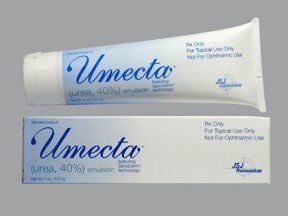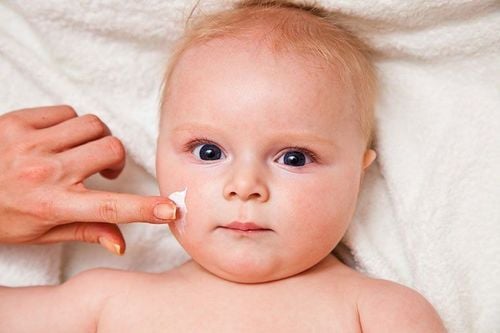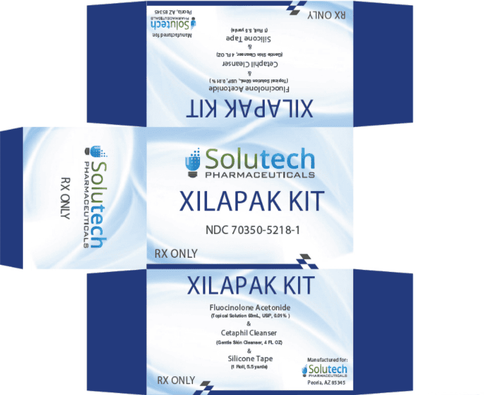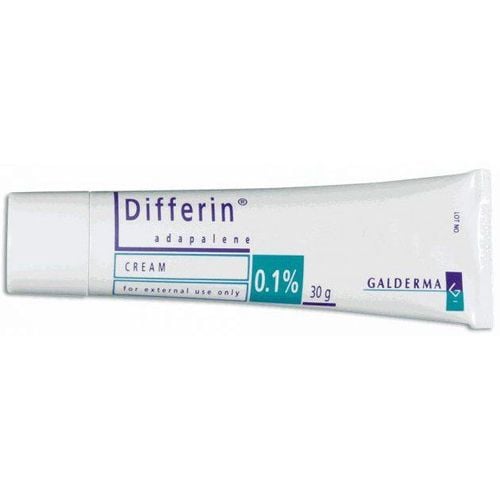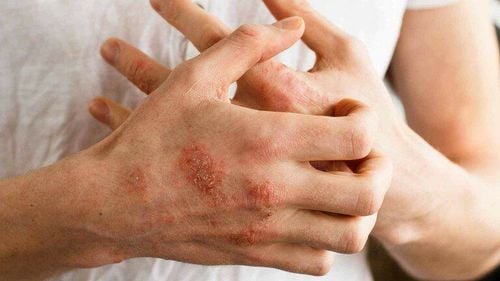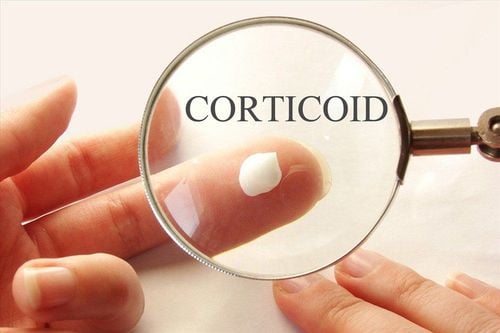This is an automatically translated article.
The article was advised by Specialist Doctor I Le Thi Thu Hang - Dermatologist - Department of Medical Examination & Internal Medicine - Vinmec Hai Phong International General HospitalPityriasis rosea is a common skin disease in children and young adults. Although it is not an infectious disease, it can make people feel uncomfortable and have difficulty in daily life.
1. What is pityriasis rosea?
Pityriasis rosea is a common rash in children and adolescents, most of which are female. It usually begins as round or oval pink spots on the chest, abdomen, or back. and then spread throughout the body.Spring and fall are susceptible periods. Most pityriasis rosea will clear up on its own within 3 to 8 weeks without leaving any trace.
2. Causes of pityriasis rosea
Currently, studies have not shown the cause of roseola.Some evidence suggests that the cause of pityriasis rosea may be a viral infection, particularly a strain of the Herpes virus. Note, this is not the virus that causes genital herpes.
Many questions arise as to whether or not the disease is contagious. The answer is no, although it is a fairly common disease in young children, the characteristics of pityriasis rosea are not contagious.
3. Symptoms of pityriasis rosea
People with pityriasis rosea often have skin lesions that are diamond-shaped, pink, with slightly raised margins. Other symptoms are circular lesions with few scales, raised papules that are pink in color.
Common locations are on the chest, abdomen or back on either side of the hips, trunk, inner thighs, inner arms and in some special cases can appear on the face.
Note to distinguish pink scab from diseases with similar symptoms:
Dermatophytosis Dermatitis Seborrheic syphilis stage 2 Urticaria punctate psoriasis Streptococcal dermatitis
4. How to cure roseola

In most cases, pityriasis rosea will clear up on its own in 3 to 8 weeks without the need for medication. The main treatment is to treat the symptoms of itching.
Medicines that may be taken include:
Antiviral drugs such as acyclovir, famciclovir or antibiotics such as erythromycin. These drugs can shorten the duration of illness by 1-2 weeks. In case the patient feels a lot of itching, the treating doctor prescribes more creams containing corticosteroids such as Elomet, Flucinar, Diprosone, ... to help the patient reduce the symptoms of itching. Soaps with tar or salicylic acid can help loosen the scales. Antihistamines such as Cetirizine, Diphenhydramine, Chlorpheniramine, and Loratadine can be used. Usually patients will be advised to take warm baths with Calamine solution and avoid physical activities that cause excessive sweating, and rest in cool and well-ventilated conditions to reduce discomfort. If the cause is determined, then treat according to the cause.
After 3 months of treatment for rosacea, but the condition does not improve, you need to go to a dermatology clinic immediately.
5. Methods to limit the progression of pityriasis rosea
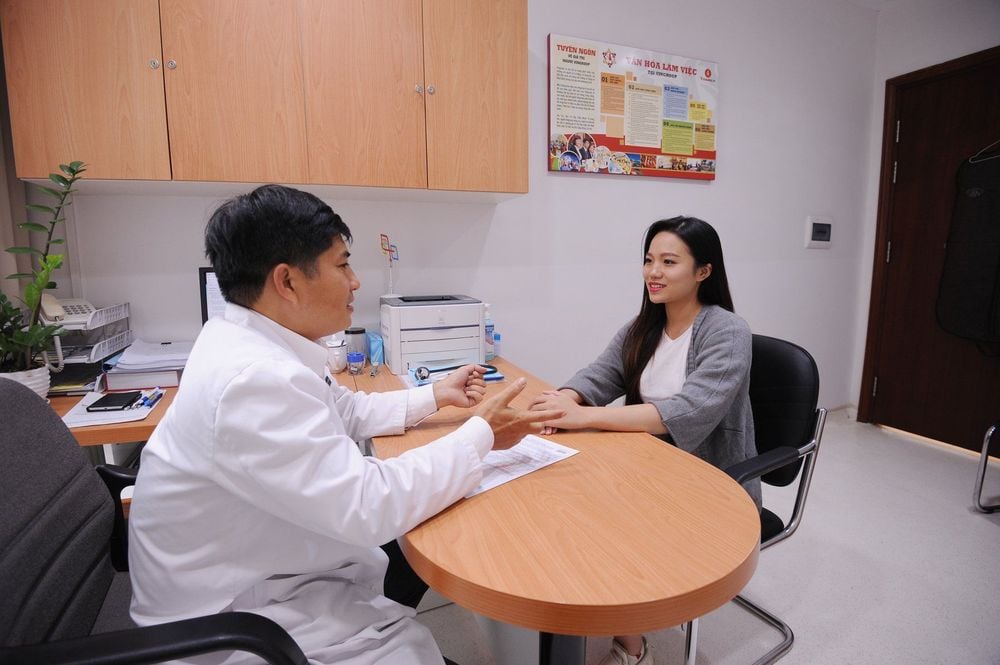
To prevent and limit the progression of pityriasis rosea, lifestyle habits and lifestyles need to be adjusted to reduce the duration of the disease. Follow up with scheduled appointments to monitor the progress of your symptoms as well as your health status; Take medicine under the guidance of a doctor, do not arbitrarily take drugs that are not prescribed or arbitrarily quit drugs prescribed for you; You should inform your doctor about any medications you are taking; Take a bath with warm water, you can use oatmeal bath products to treat it. It is a common disease and will usually go away on its own in 3 to 8 weeks, but pityriasis rosea has many symptoms similar to skin fungus, urticaria, dermatitis, etc. In this regard, customers should visit with doctors, dermatologists at Vinmec hospital for timely diagnosis and treatment.
Please dial HOTLINE for more information or register for an appointment HERE. Download MyVinmec app to make appointments faster and to manage your bookings easily.





